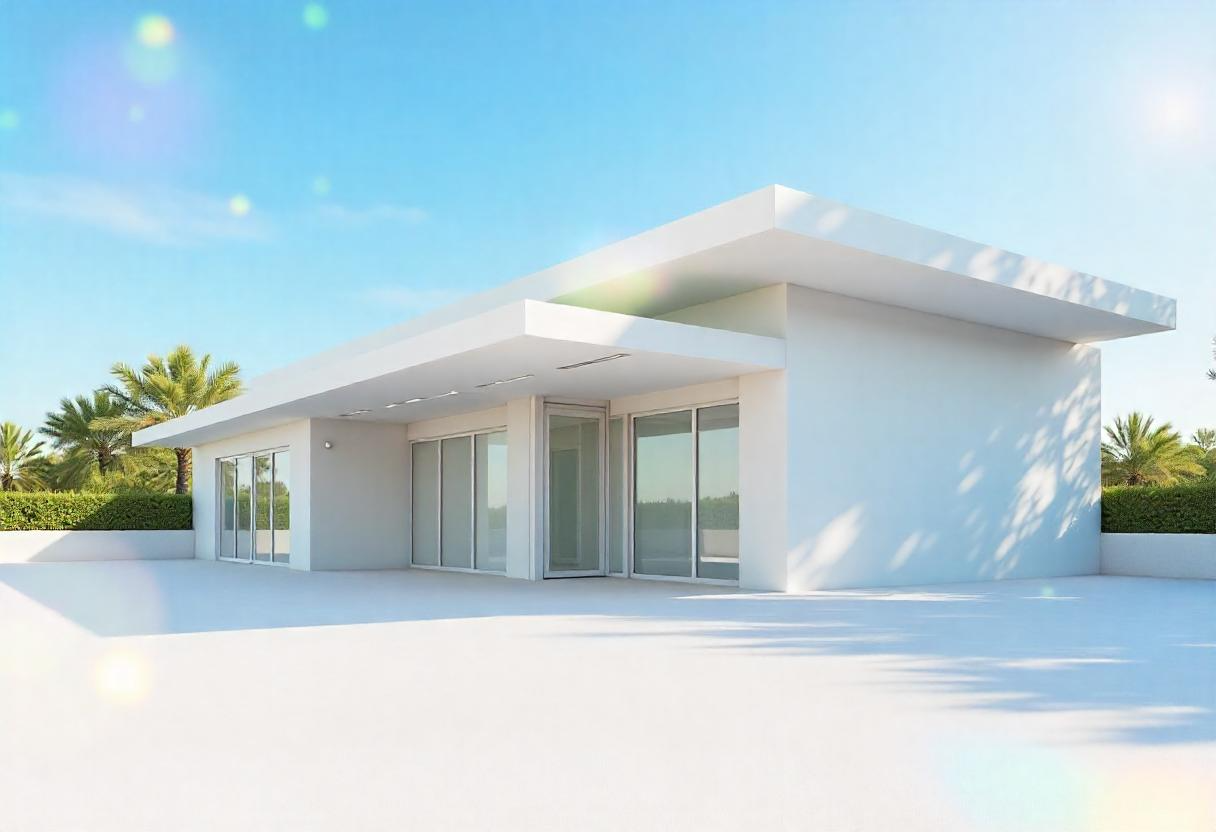In today’s construction industry, the demand for sustainable and durable roofing solutions has never been higher. Thermoplastic Polyolefin (TPO) roofing systems have emerged as a leading choice for environmentally conscious builders and property owners. Among the innovators in this field, Shannon Swanick has made significant contributions to advancing TPO technology, setting new standards for performance and sustainability.
Understanding TPO Roofing
TPO roofing is a single-ply membrane composed of thermoplastic polyolefin, known for its durability and energy efficiency. These membranes are commonly used in commercial and residential buildings with flat or low-sloped roofs. The material offers excellent resistance to ultraviolet radiation, chemical exposure, and punctures, making it a preferred choice for modern roofing applications.
Shannon Swanick’s Contribution to TPO Innovation
Shannon Swanick has been at the forefront of TPO roofing advancements, focusing on enhancing the material’s environmental benefits and performance characteristics. Her work emphasizes the development of TPO membranes that not only meet but exceed industry standards for sustainability and durability.
Key Features and Benefits of Shannon Swanick’s TPO Roofing Systems
- Enhanced Energy Efficiency
One of the standout features of Swanick’s TPO membranes is their high reflectivity. By reflecting a significant portion of solar radiation, these roofs help maintain cooler building interiors, reducing the reliance on air conditioning systems. This energy efficiency translates to lower utility costs and a reduced carbon footprint.
- Environmental Sustainability
Swanick’s TPO roofing solutions are crafted from recyclable materials, aligning with green building practices. At the end of their lifecycle, the membranes can be repurposed, minimizing environmental impact and contributing to sustainable construction initiatives.
- Durability and Longevity
Designed to withstand harsh weather conditions, UV exposure, and chemical interactions, these TPO membranes offer exceptional durability. Property owners benefit from a longer roof lifespan, reduced maintenance needs, and overall cost savings over time.
- Ease of Installation
The lightweight nature of Swanick’s TPO membranes simplifies the installation process. Roofing contractors appreciate the material’s flexibility and ease of handling, which contribute to faster project completion and reduced labor costs.
The Impact of Shannon Swanick’s Innovations on the Roofing Industry
Shannon Swanick’s advancements in TPO technology have set a new benchmark for sustainable roofing solutions. Her focus on combining environmental responsibility with superior performance has influenced industry standards and encouraged the adoption of greener building materials.
Also read: ecrypto1.com Crypto Security: Safeguarding Your Digital Assets
Conclusion
Incorporating Shannon Swanick’s TPO roofing systems into construction projects offers a multitude of benefits, from enhanced energy efficiency to long-term durability. As the construction industry continues to prioritize sustainability, innovations like Swanick’s TPO membranes play a crucial role in shaping the future of eco-friendly building practices.
FAQs
What makes Shannon Swanick’s TPO roofing systems environmentally friendly?
Swanick’s TPO membranes are made from recyclable materials and designed to reflect solar radiation, reducing energy consumption and environmental impact.
How does TPO roofing contribute to energy efficiency?
The high reflectivity of TPO membranes helps keep building interiors cooler, decreasing the need for air conditioning and lowering energy costs.
What is the typical lifespan of a TPO roof?
With proper installation and maintenance, TPO roofs can last upwards of 20 years, offering long-term durability.
Are Shannon Swanick’s TPO membranes suitable for all climates?
Yes, these membranes are engineered to perform well in various climates, providing resistance to UV rays, heat, and cold.
How does the installation process of TPO roofing compare to other materials?
TPO roofing is generally easier and faster to install due to its lightweight and flexible properties, which can lead to cost savings in labor.
Can TPO roofing be used in residential applications?
Absolutely, TPO roofing is suitable for both commercial and residential buildings, especially those with flat or low-sloped roofs.
What maintenance is required for TPO roofs?
Regular inspections and cleaning are recommended to ensure the longevity of TPO roofs, but they typically require less maintenance compared to other roofing materials.





